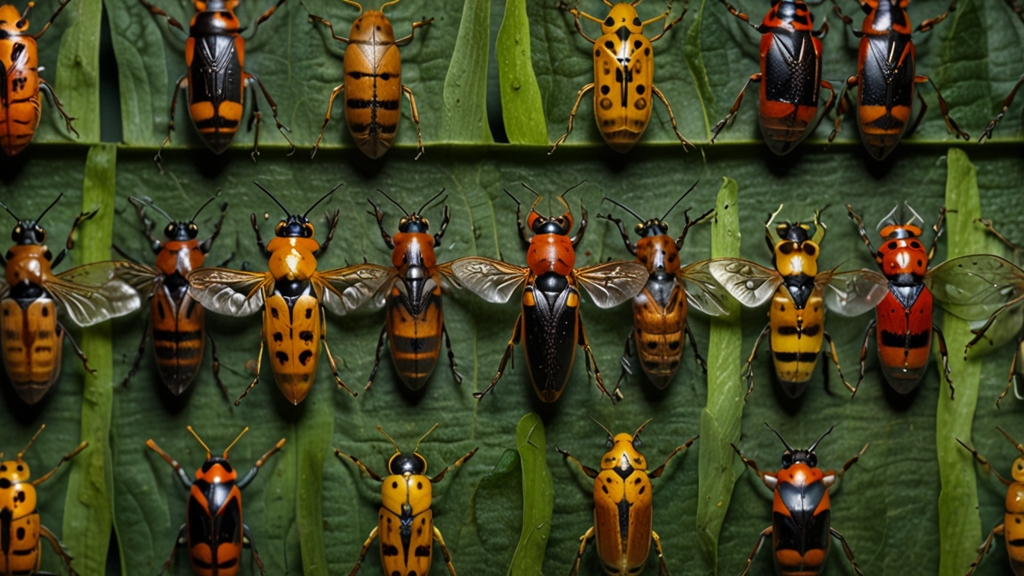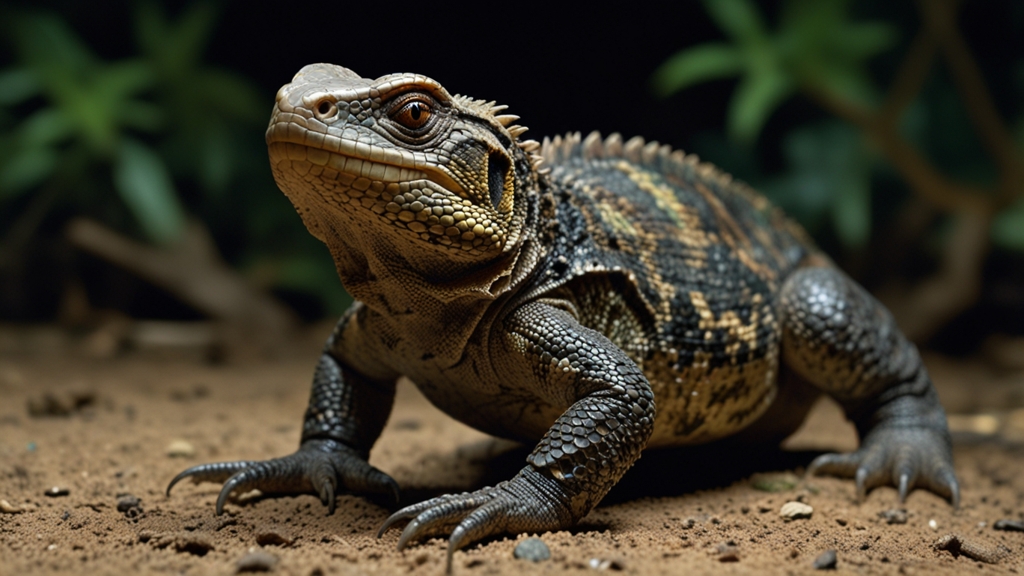Insects That Can Regenerate: The Secrets of Nature's Resilience
The natural world is a fascinating tapestry of diverse creatures, each exhibiting unique abilities and behaviors. Among these incredible traits, regeneration—a process by which organisms regrow lost or damaged parts—stands out as one of nature’s most astonishing feats. Insects, in particular, display remarkable regenerative capabilities that not only intrigue scientists but also hold potential applications in medicine, robotics, and bioengineering. This article delves into the fascinating world of insect regeneration, uncovering the secrets of nature's resilience.
The Marvel of Insect Regeneration
Regeneration is a biological process that involves the replacement or restoration of lost or damaged tissues, organs, or limbs. Insects such as cockroaches, grasshoppers, and beetles are well-known for their regenerative abilities. These capabilities are not only crucial for their survival but also provide insight into the complex mechanisms underlying tissue growth and repair.
Cockroaches: The Ultimate Survivors
Cockroaches are often synonymous with resilience, and one reason for their notoriety is their impressive regenerative ability. When a cockroach loses a limb, it can regenerate the lost appendage over several molting cycles. The process begins with the formation of a small bud at the site of the injury, which gradually grows and differentiates into a fully functional limb.
"Cockroaches can regenerate their legs, antennae, and even parts of their digestive tract. This extraordinary ability enables them to survive harsh environments and recover from severe injuries," says Dr. Linda Mercer, an entomologist at the University of California.
The underlying mechanisms of cockroach regeneration involve cellular dedifferentiation, proliferation, and redifferentiation. During dedifferentiation, specialized cells revert to a more primitive, stem-cell-like state. These cells then proliferate and differentiate into the various tissues needed to form the new limb.
Grasshoppers: Masters of Limb Regrowth
Grasshoppers are another group of insects that exhibit remarkable regenerative abilities. When a grasshopper loses a leg, it can regrow the limb through a process similar to that observed in cockroaches. This regeneration starts with wound healing, followed by the formation of a regenerative blastema—a mass of undifferentiated cells that eventually develop into the new limb.
"Understanding the cellular and molecular basis of grasshopper limb regeneration can provide crucial insights into tissue engineering and regenerative medicine," notes Dr. James Olsen, a biologist at Harvard University.
Researchers have identified key genes and signaling pathways that regulate blastema formation and limb growth in grasshoppers. These findings not only enhance our understanding of insect biology but also offer potential targets for promoting tissue regeneration in humans.
Beetles: An Insight into Regenerative Diversity
Beetles, encompassing a vast array of species, also display impressive regenerative abilities. For example, some beetle larvae can regenerate lost body segments, including legs and antennae. The process involves a complex interplay of genetic and environmental factors that influence the cells' ability to regenerate.
Potential Applications and Future Directions
The study of insect regeneration has far-reaching implications beyond the realm of entomology. Insights gained from these resilient creatures can inform advancements in regenerative medicine, tissue engineering, and even robotics. By unraveling the genetic and molecular foundations of regeneration, scientists hope to develop novel therapies for repairing and regenerating human tissues and organs.
Moreover, the principles of insect regeneration can inspire the design of self-healing materials and bio-inspired robots that can repair themselves after damage. These innovations could revolutionize various industries, from healthcare to manufacturing.
"Insects have mastered the art of regeneration over millions of years of evolution. Their secrets hold the potential to transform our understanding of biology and drive technological advancements," says Dr. Rebecca Lawson, a research scientist at the National Institute of Health.
Conclusion
Insects, with their remarkable regenerative abilities, embody the resilience of nature. From cockroaches to grasshoppers and beetles, these tiny creatures not only survive but thrive despite injuries that would be catastrophic for many other organisms. By studying the mechanisms that enable insect regeneration, scientists are unlocking secrets that could lead to groundbreaking advancements in medicine, technology, and beyond. Nature’s resilience, as demonstrated by these fascinating insects, continues to be a source of inspiration and discovery.











